From Manual Pipelines to Self-Service DevOps: Building Developer Efficiency at Scale
Discover how self-service DevOps replaces manual pipelines with automation and autonomy, helping teams deploy faster and scale efficiently.
Explore our comprehensive collection of tutorials, guides, and best practices for DevOps, cloud infrastructure, and modern development workflows.
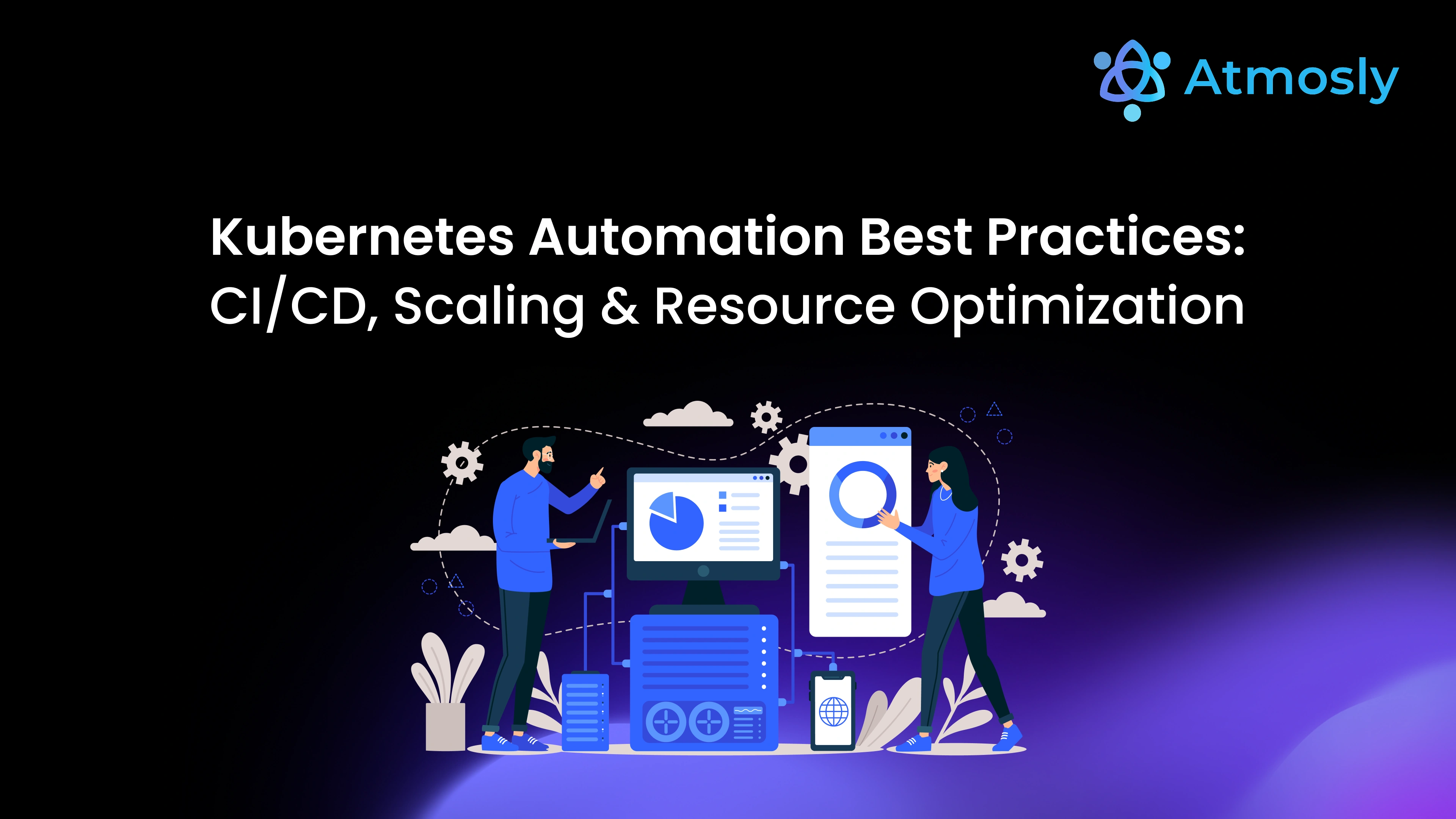
Discover proven Kubernetes automation best practices to optimize CI/CD pipelines, scale workloads efficiently, and cut cloud costs in 2025.
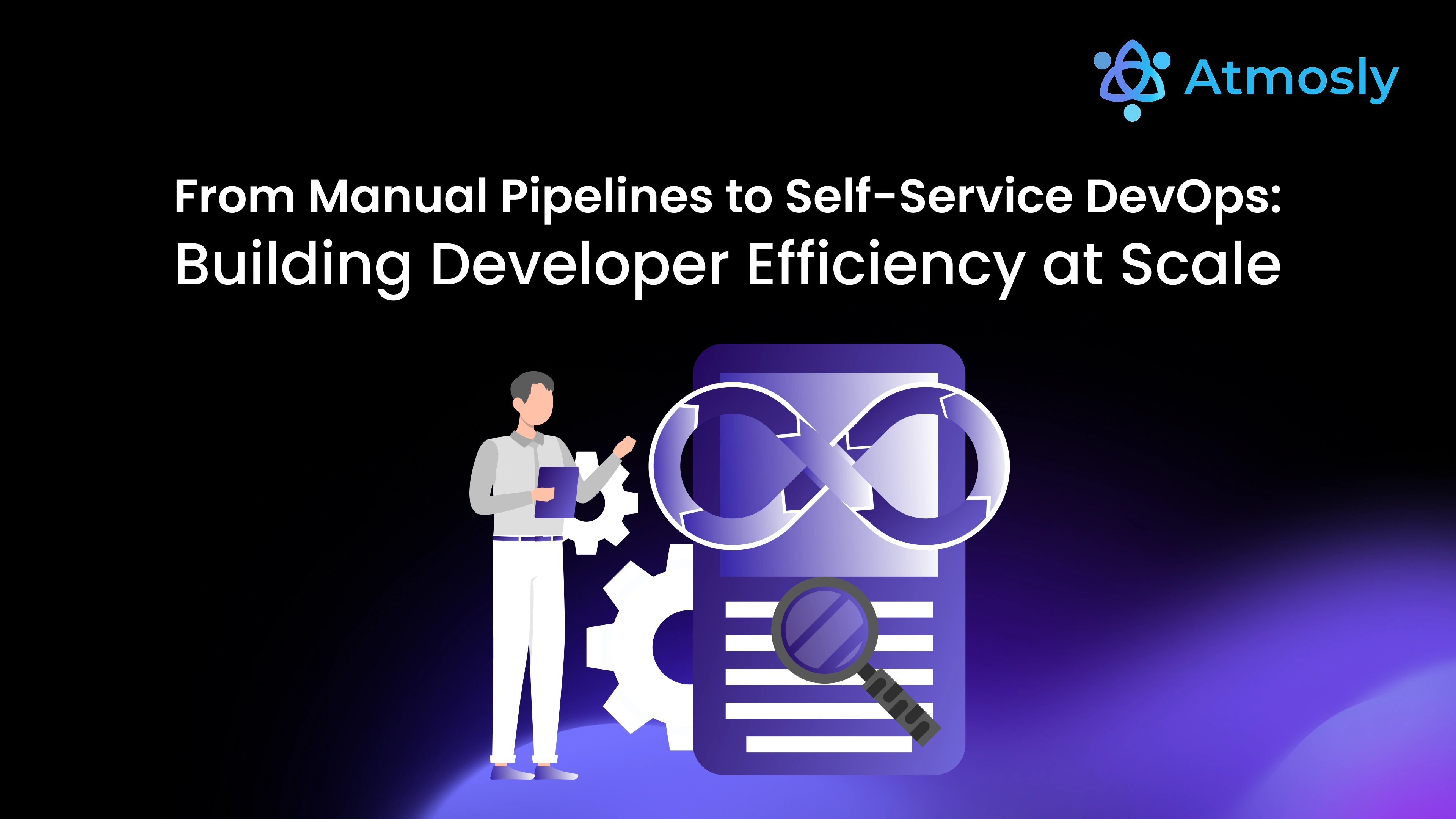
Discover how self-service DevOps replaces manual pipelines with automation and autonomy, helping teams deploy faster and scale efficiently.
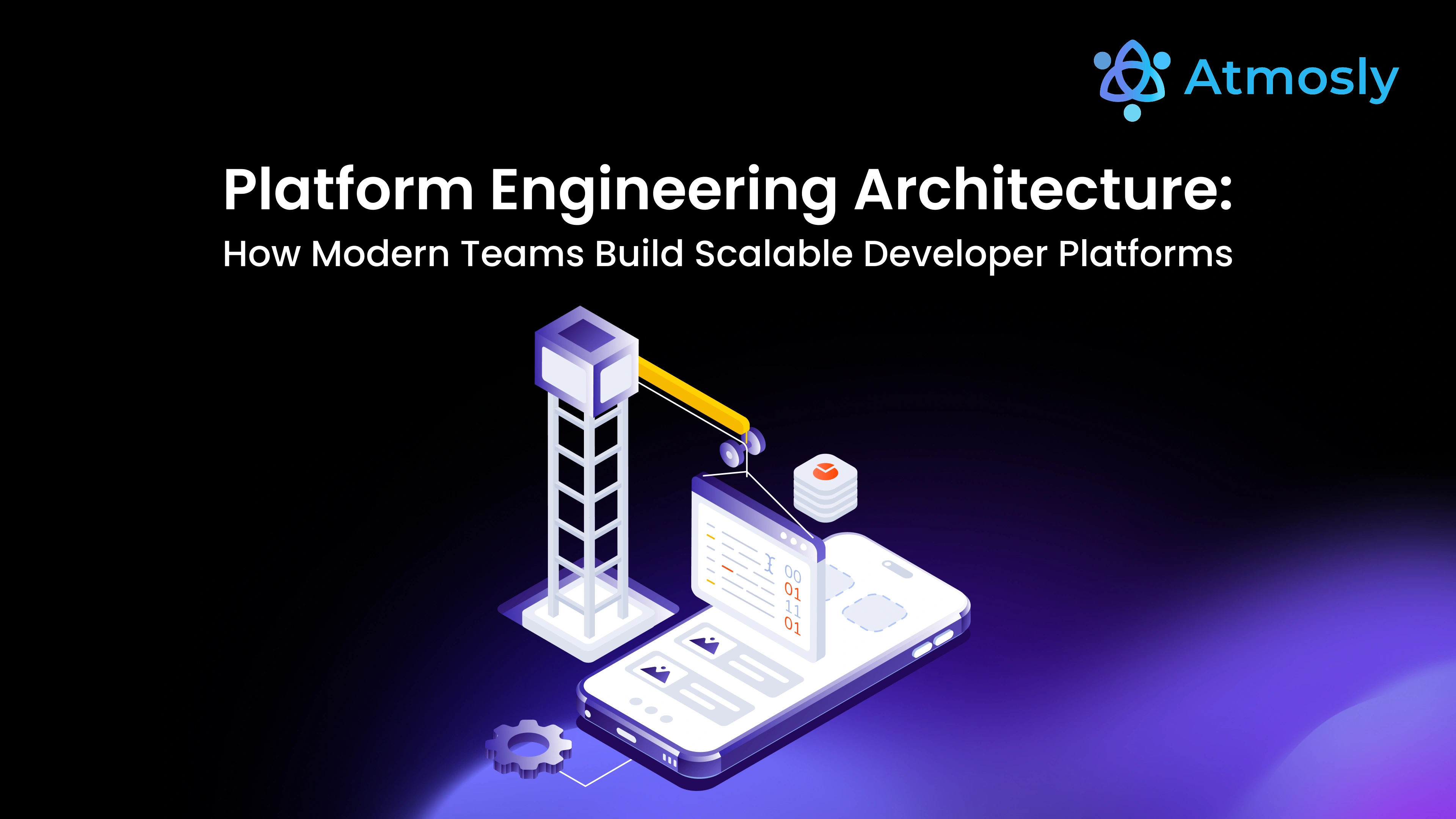
Discover how platform engineering architecture helps modern DevOps teams scale efficiently with automation, self-service, and golden paths.
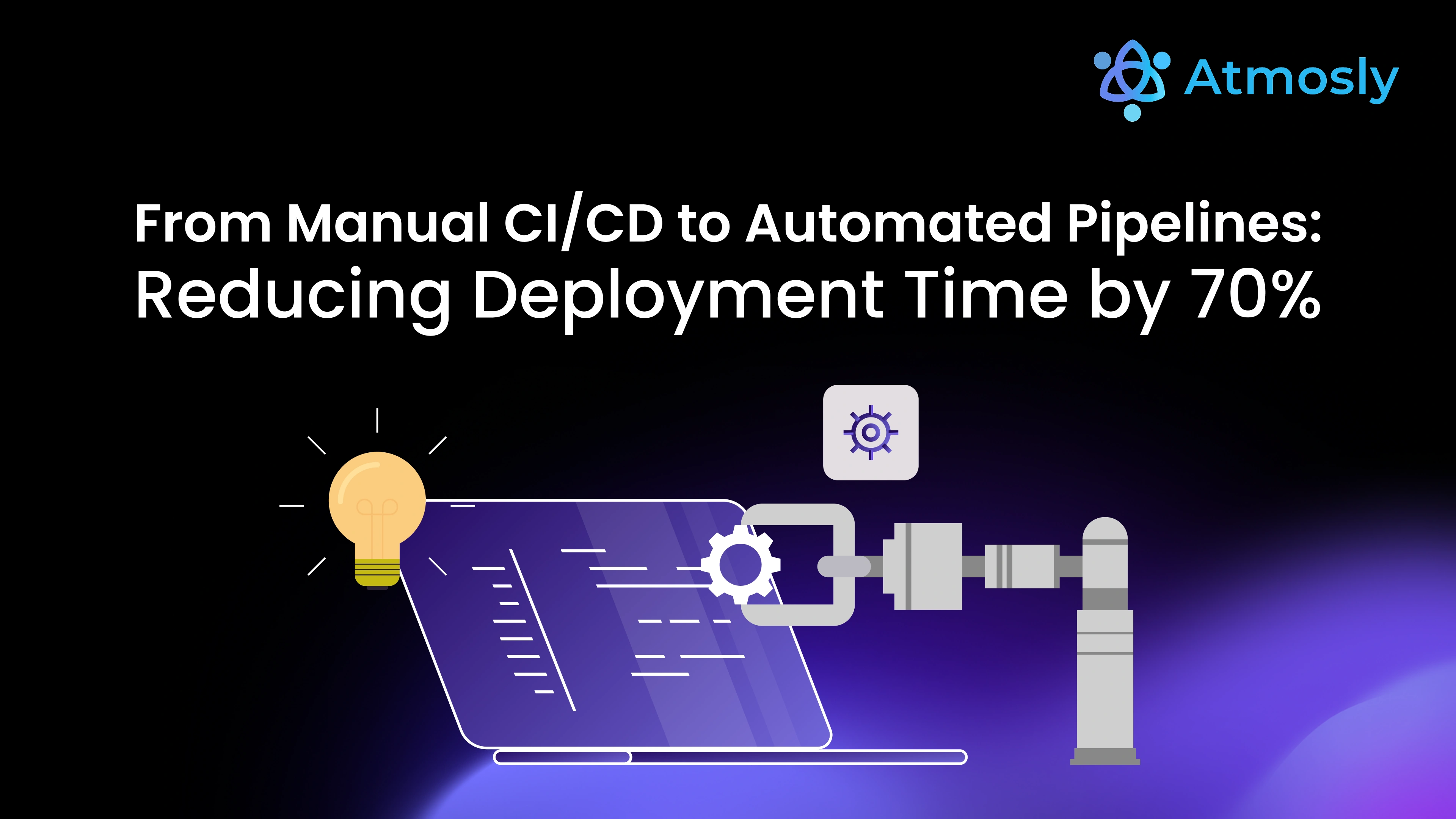
Discover how automated CI/CD pipelines transform DevOps efficiency. Learn best practices and tools to reduce deployment time by up to 70%.
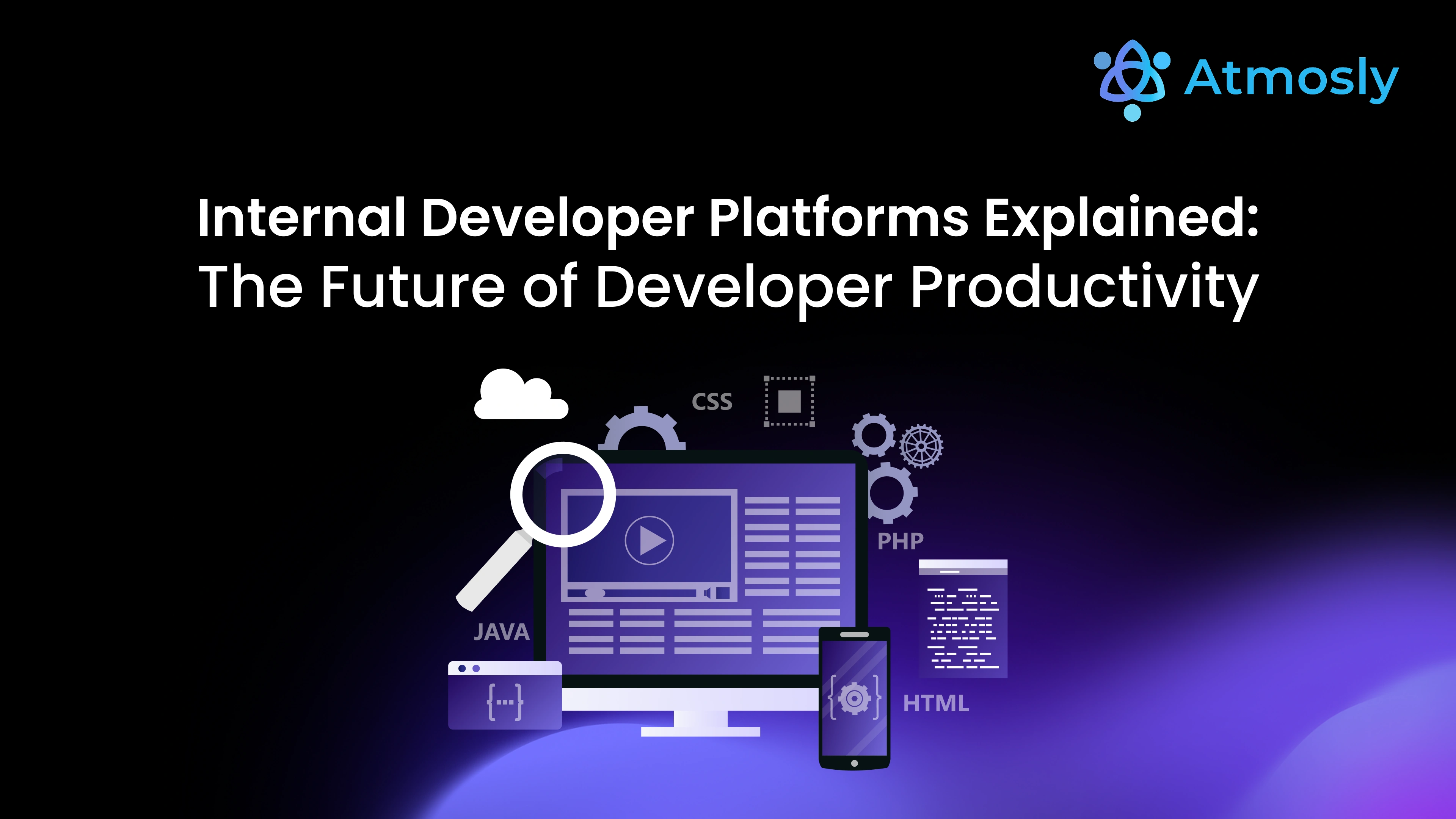
Learn how Internal Developer Platforms (IDPs) empower developers with self-service, automation, and speed the next step in DevOps evolution.
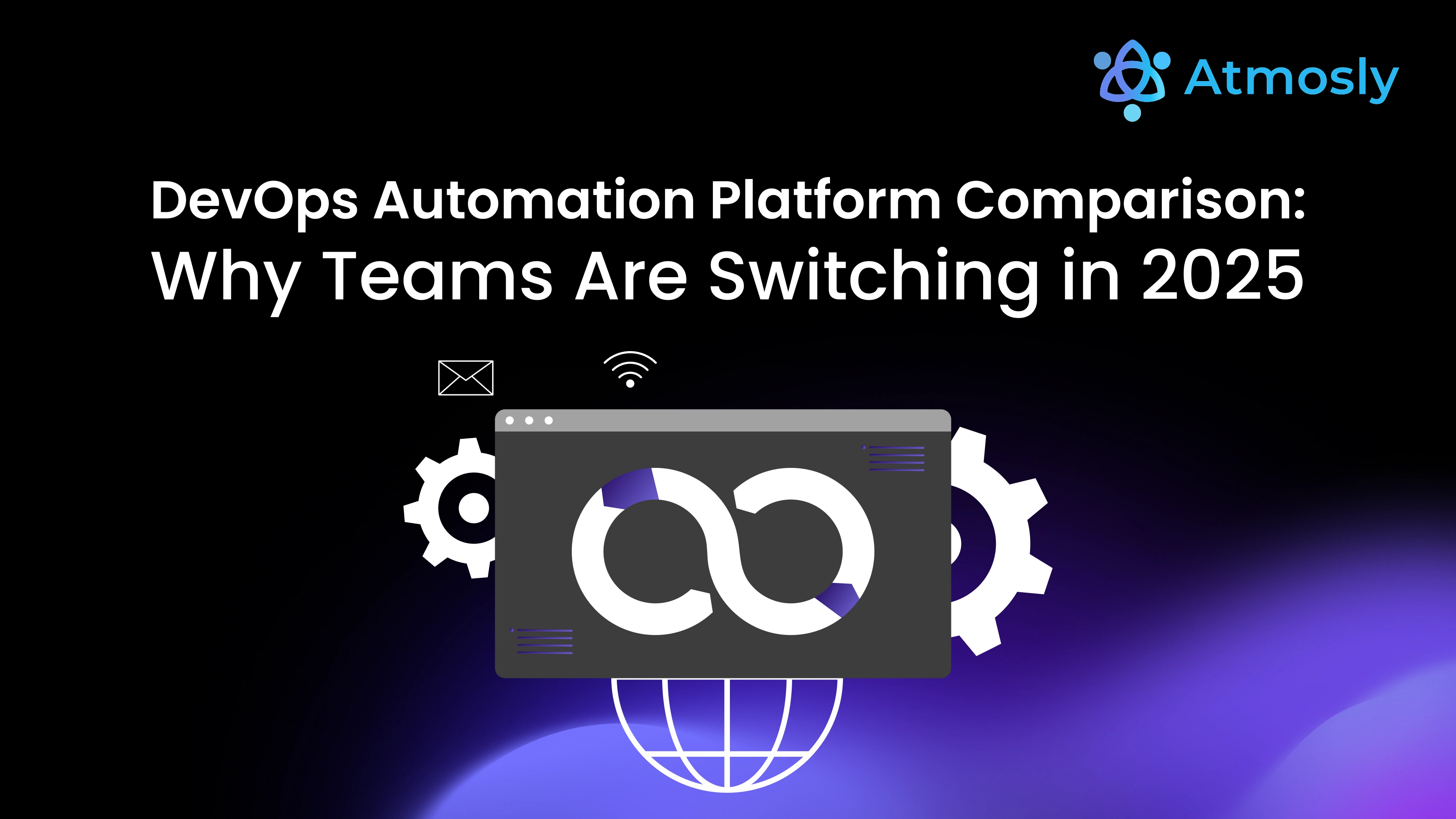
Explore the top DevOps automation platforms of 2025. Learn how teams streamline CI/CD, scale faster, and improve developer productivity with modern tools.
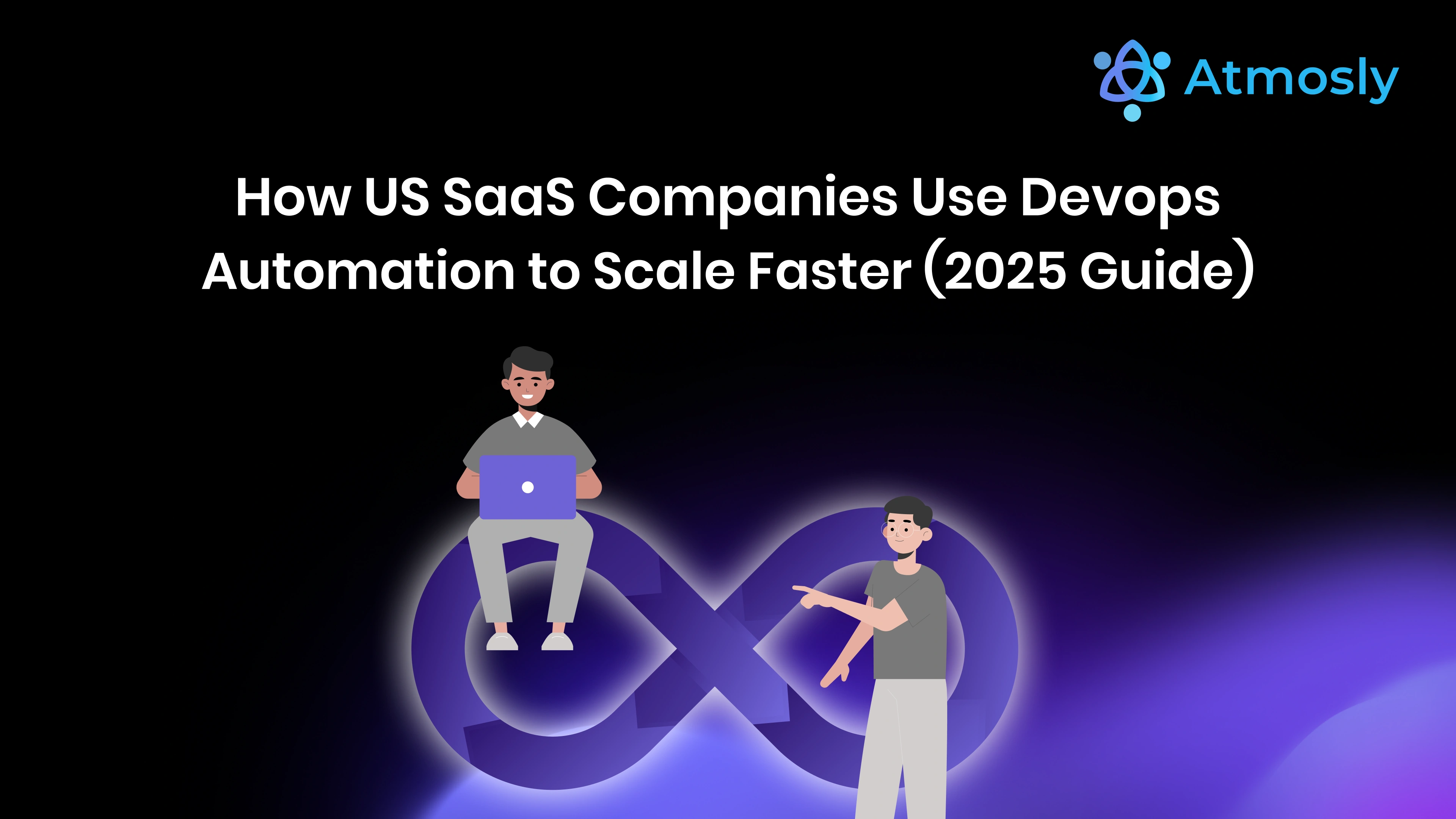
The US SaaS market is growing fast and only automation can keep up. DevOps automation helps SaaS companies accelerate CI/CD, reduce costs, and stay compliant with SOC 2, HIPAA, and FedRAMP. Learn how leading US startups use platforms like Atmosly to scale smarter and deliver faster in 2025.
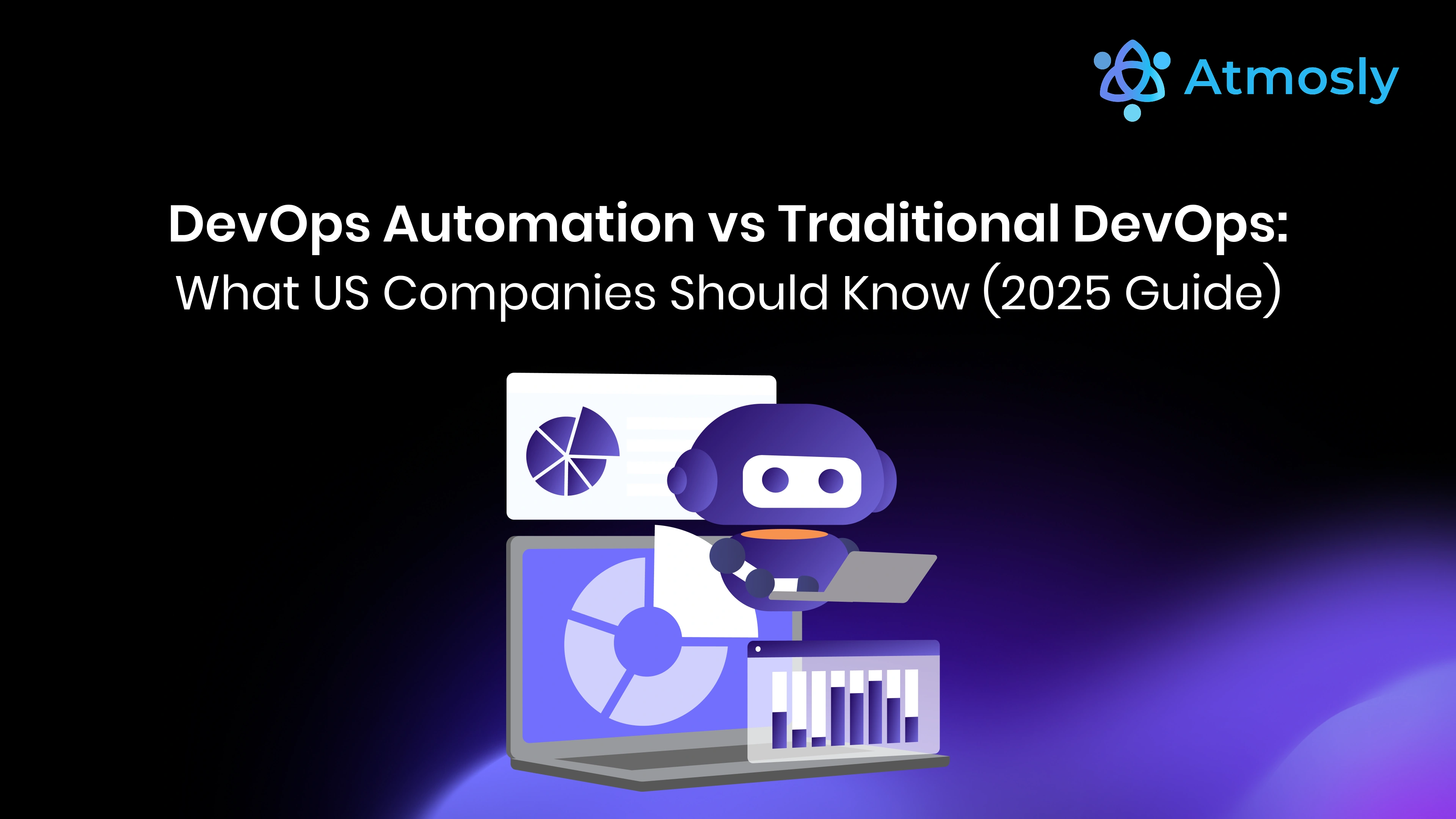
Discover how US companies are shifting from traditional DevOps to full automation. Learn key differences, benefits, and how platforms like Atmosly drive efficiency.
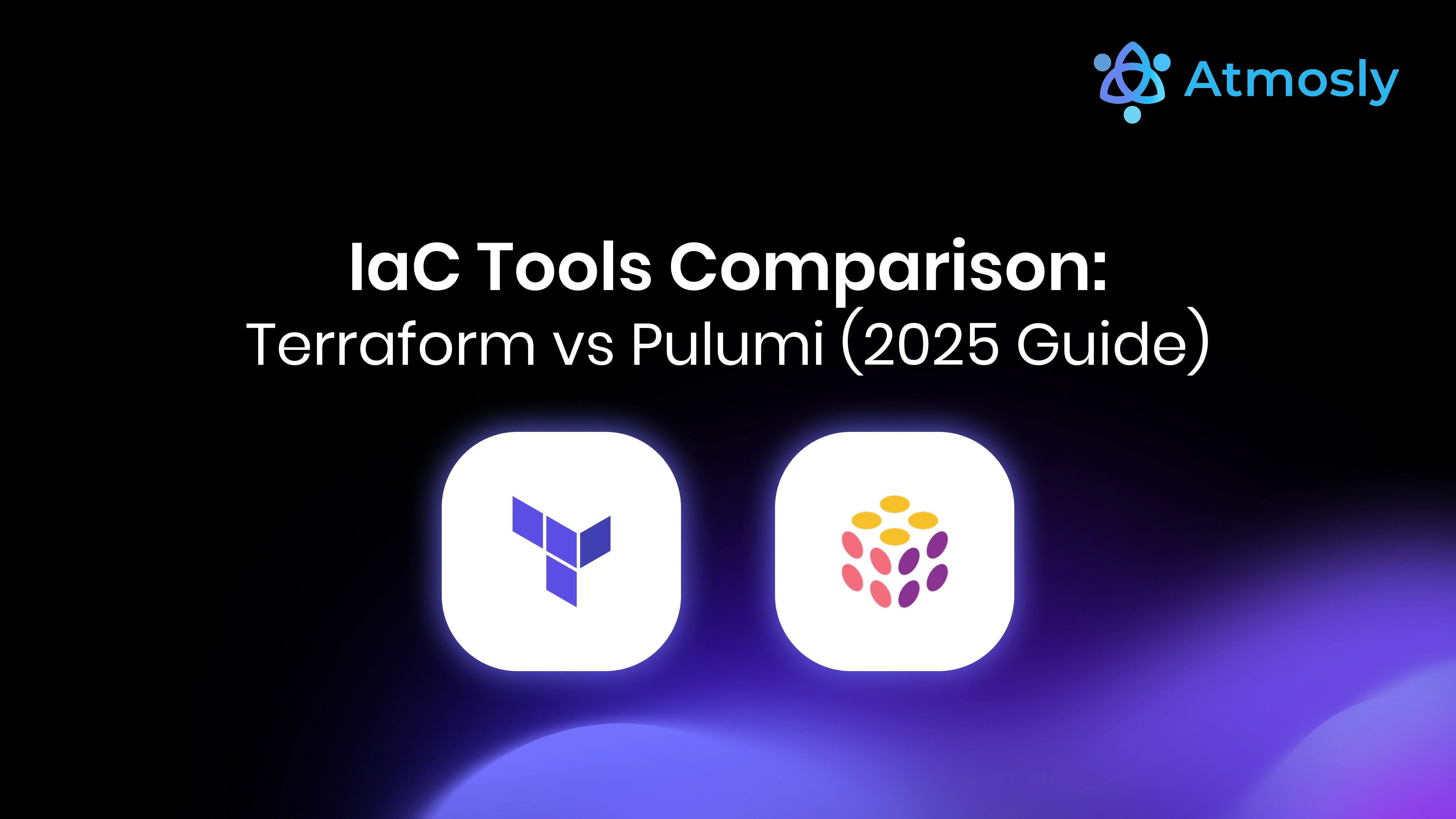
Compare Terraform vs Pulumi in 2025 two leading Infrastructure as Code (IaC) tools. Learn their pros, cons, syntax, use cases, and which IaC solution fits your team best.
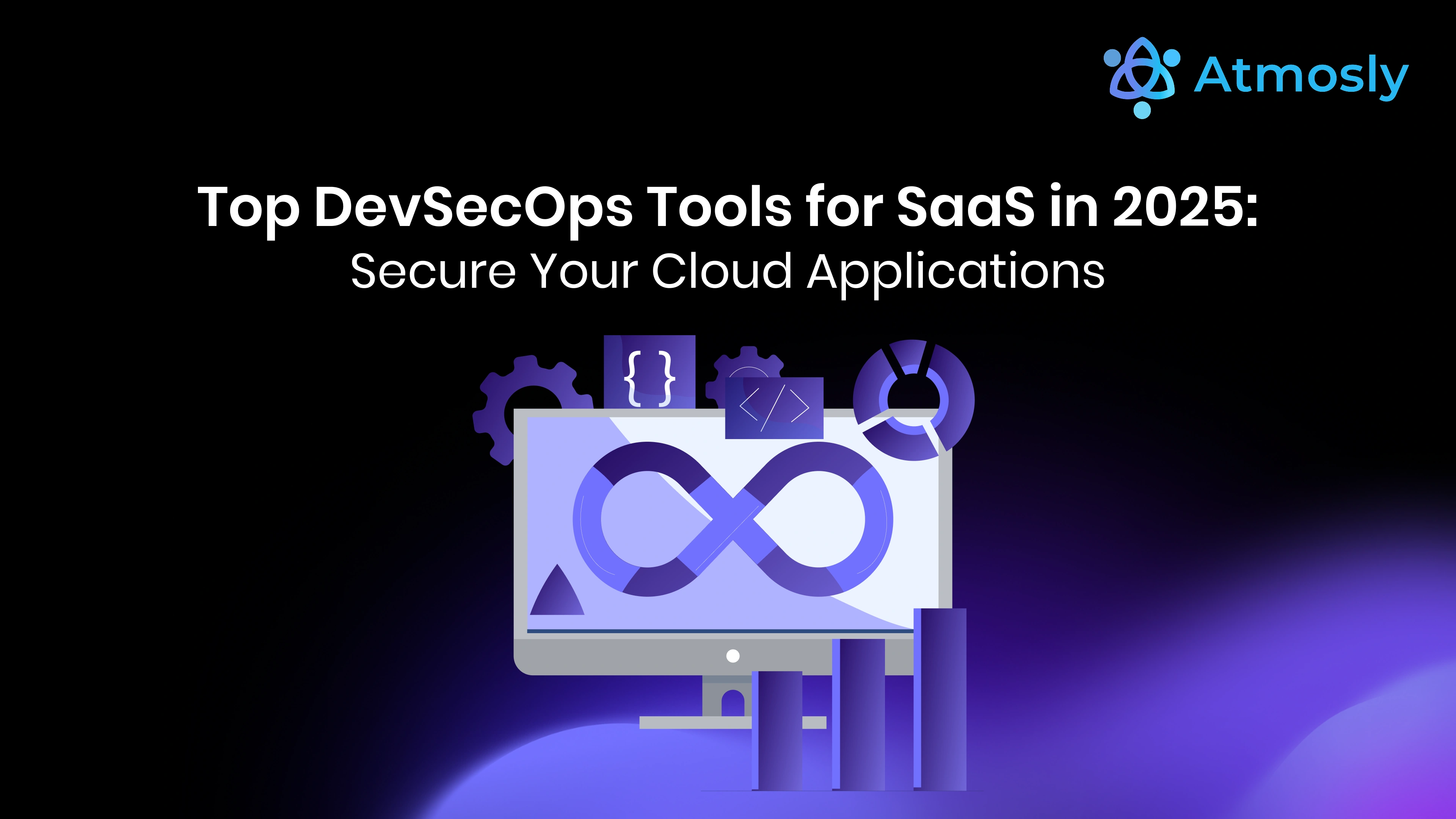
Discover the top DevSecOps tools for SaaS in 2025. Secure your code, containers, and pipelines with automation, compliance, and AI-driven security using platforms like Atmosly.
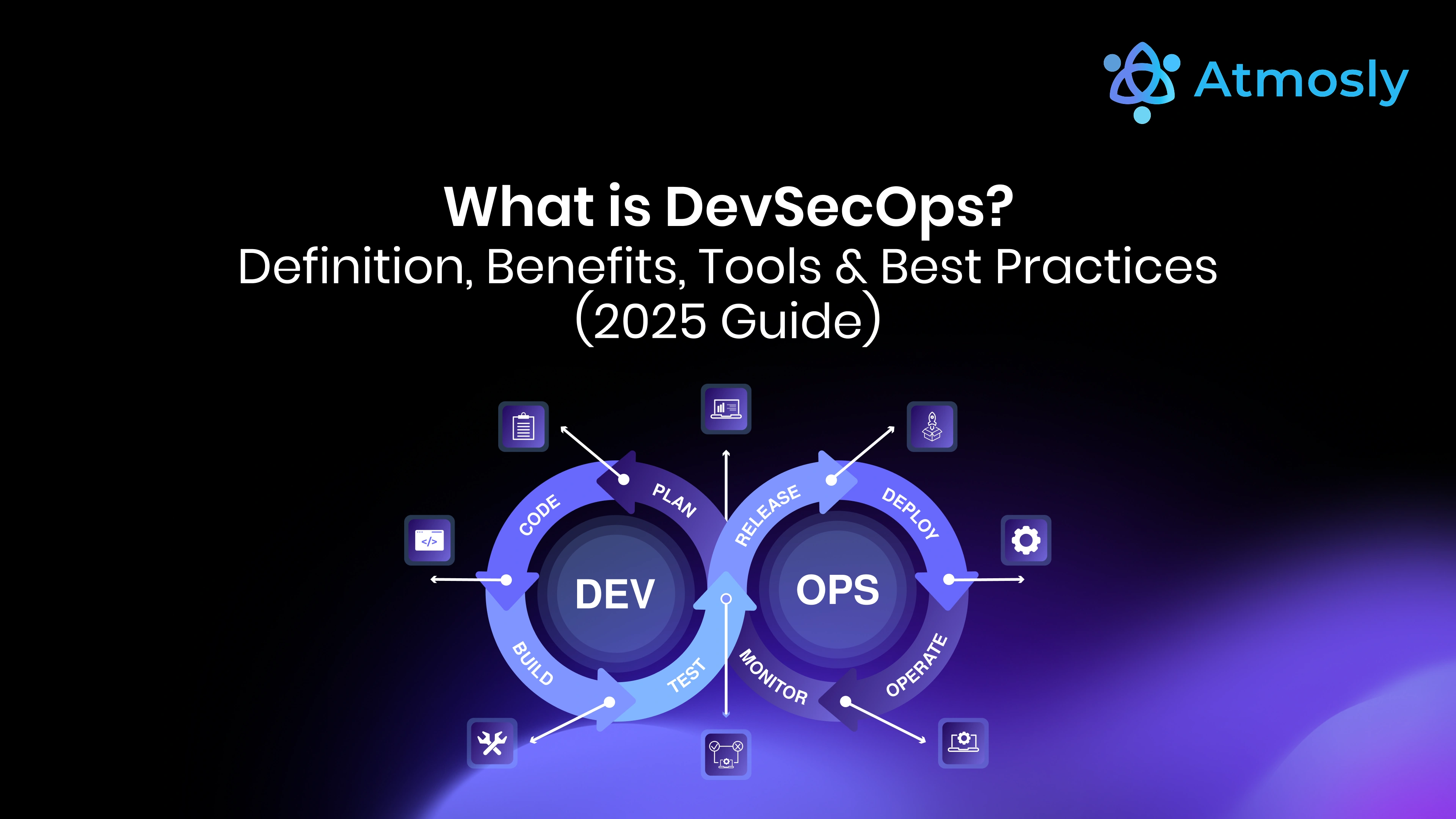
Learn what DevSecOps is, how it integrates security into DevOps, and why it matters in 2025. Explore tools, benefits, and best practices to build secure CI/CD pipelines.
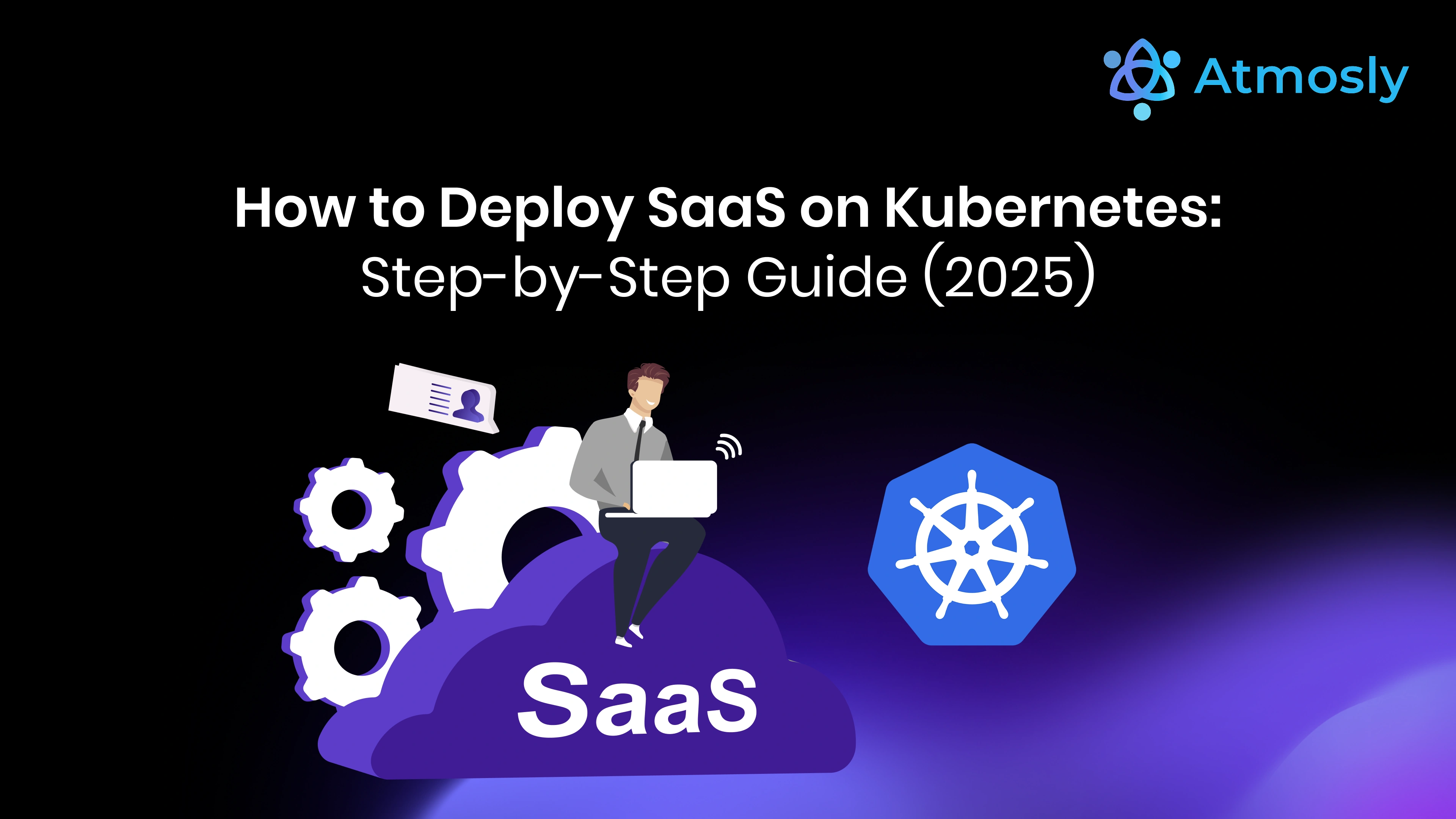
Learn how to deploy and scale SaaS applications on Kubernetes. Explore models, best practices, and automation with Atmosly for secure, efficient SaaS delivery.